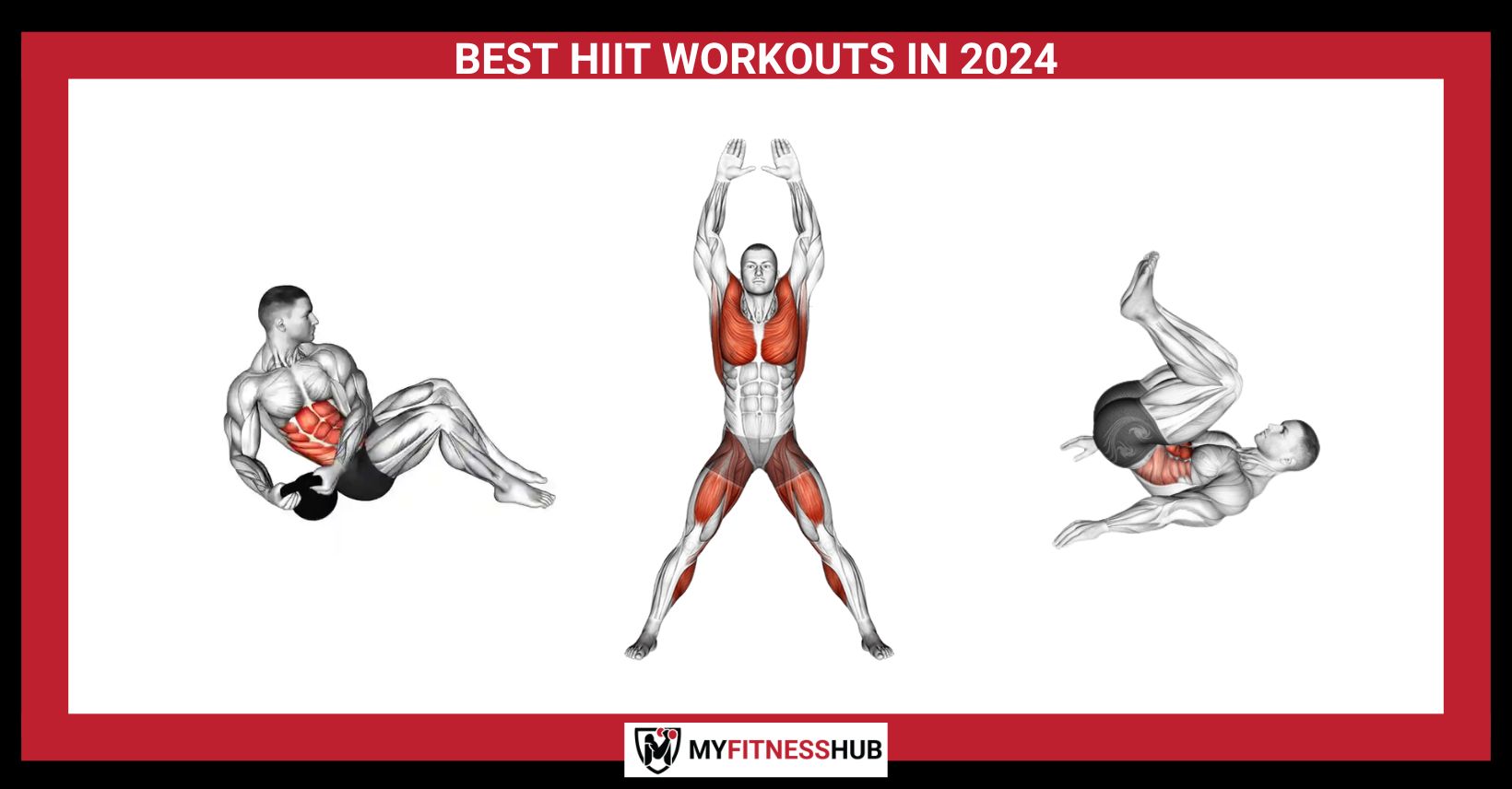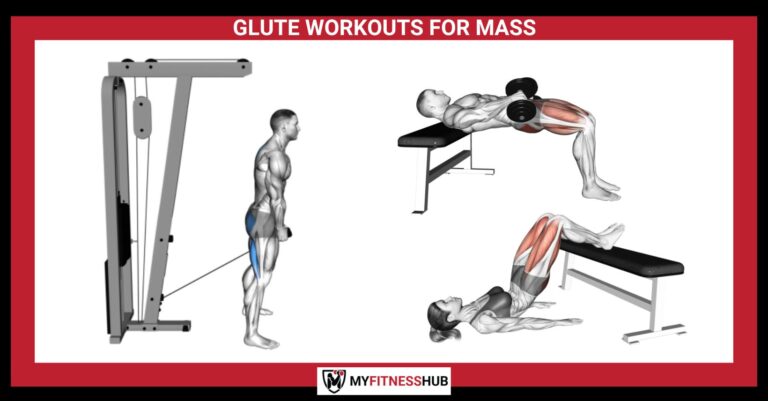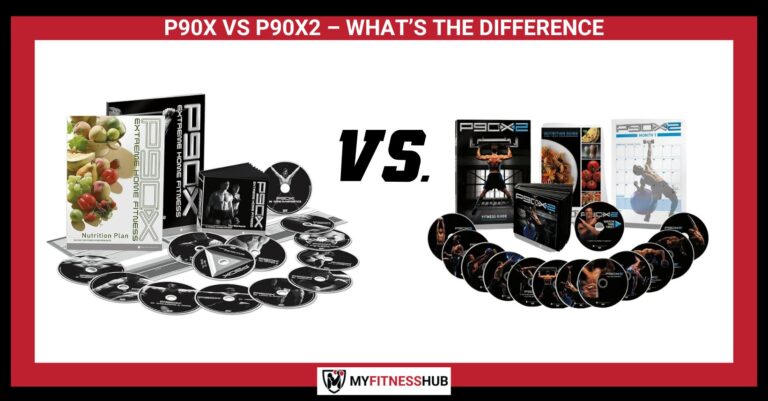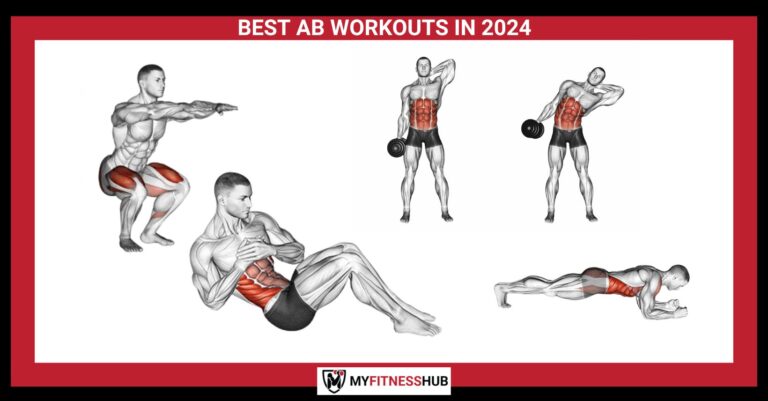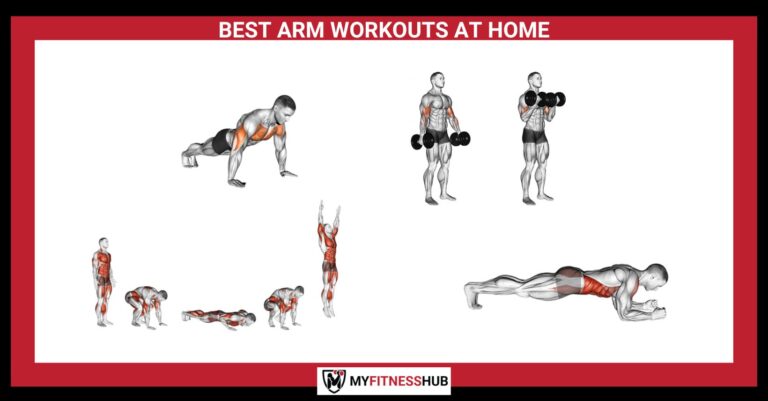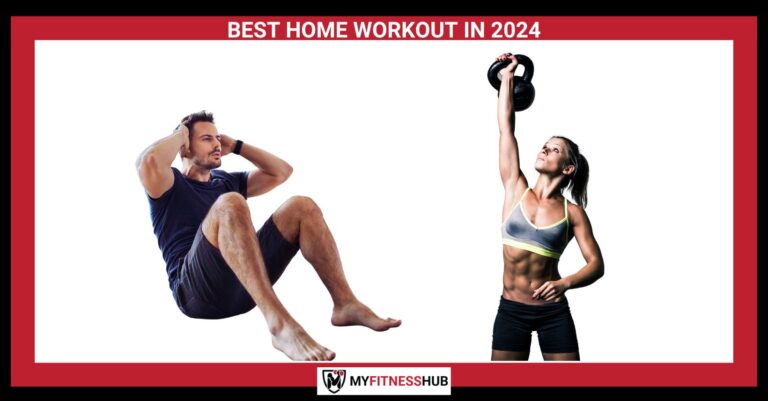BEST HIIT WORKOUTS IN 2024
You might have heard of HIIT workouts before, but you probably don’t know what they actually are. With so many different workouts to choose from, are HIIT workouts right for you, or are they something that you might want to avoid if you’re not up to the task?
WHAT IS HIIT?
HIIT, also known as High-Intensity Interval Training, is a workout method that’s become popular due to its use as a fat loss tool. The name speaks for itself, but it helps if you break it down into H I & I & T workouts: workouts that are high-intensity, operate on intervals and focus on training your body to repeat the same routines over and over again so that you get better and better. As you’d expect, it can get intense once you build up a tolerance for it, with the idea being that your rest time works on a ratio compared to your exercise time.
HIIT isn’t a system that has all rights reserved by a company that created it: it’s an entirely open, accessible experience that anybody can attempt if they want to. It isn’t easy, but exercise never is, and that’s kind of the point of HIIT – you end up pushing yourself much further than normal without necessarily realizing that you are.
The structure can vary, but it generally follows a simple setup: you have a ratio of at least 1:1 that dictates how long you get to rest compared to how long you exercise (although you can increase it as much as you want, with most people preferring around 1:2 or 1:4 to start with). This means that every 30 seconds of exercise is backed up by 30 seconds of rest. Each “set” of an exercise and rest period is one round, with some plans going as high as 15 rounds or more. This interval-based system is supposed to push your body further and help you burn fat while also improving your endurance by forcing you to keep switching between work and rest.
HOW DO I DO IT?
You don’t necessarily need any special equipment to participate in a HIIT workout. It should usually be considered cardio exercise training, but you can use whatever method you prefer. An exercise bike, weight machine, or even sprinting are all valid ways to set up a HIIT workout; you just need something that you can use in short bursts. You’ll want to warm up first, just like most long exercises, but don’t push yourself too hard straight away.
Once you’re ready, you just have to start exercising: if you’re working on a 1:2 ratio, that could be 30 seconds of exercise followed by 60 seconds of rest, although you can adjust the ratio however you want. The general idea is that you’ll use it like strength training, with the exercise pushing up your heart rate and working your muscles before you have a short recovery period. After a certain number of sets/reps, you can take a longer break from the workout: many people suggest around 15 reps, which can translate to 15 minutes if you’ve used a 1:1 ratio with 30 second intervals.
High-Intensity Interval Training relies on the interval training part a lot, but the intensity also matters too. You’ll want to do exercise that pushes your heart rate, since this nor only improves heart health but also increases your levels of ‘excess post-exercise oxygen consumption’, also known as the Afterburn Effect. This is a period where your body starts taking in more oxygen to make up for the calories you’ve burned and the amount of oxygen you may have used up: the stronger the effect is, the more calories you’ll have burned. In a way, a HIIT workout aims to maximize this effect.
There’s another name that gets mentioned a lot: VO2 max. VO2 max is the maximum rate of oxygen consumption you can reach during incremental exercise and is basically the “optimal” level that you should be achieving. You can improve your VO2 max score by participating in HIIT or doing other incremental exercises, which essentially begin to force you to take in air faster and improve your breathing rate.
ARRANGING THE WORKOUT
Like many long-term workouts, HIIT canf be varied up across the week to let you train different parts of your body, which is important if you want a full-body workout. Some people treat it as one part of their weekly workouts, only performing it on one or two days of the week, but it’s possible to do it for every day of the week as long as you take some days much slower than others.
Since you can split an H & I & IT workout into “rounds”, you can start to add more rounds as you get better as the exercises involved. For example, you might start at eight and then add one each week (or two weeks), slowly building up your tolerance for that kind of exercise. While it’s not recommended to change your work intervals that much, some people like to increase the length of their work periods instead, or reduce the length of the rest periods so that more time in the ratio is spent exercising.
However you do it, it’s important to try and stick to the same (or at least similar) exercises wherever possible. Just like resistance training, your body will be getting used to energy expenditure in a very specific way: if you’ve been using a squat and burpees combination, don’t suddenly switch to push-ups. It’s important to transition new muscle exercises and fitness techniques in slowly if possible so that you can get the maximum benefits out of the change.
ARE HIIT WORKOUTS GOOD FOR WEIGHT LOSS?
HIIT workouts are, in a way, very similar to most exercise routines based on circuits. The real benefit is in the long-term changes they can cause: mainly the fact that you can use them as a conditioning tool to help yourself endure a fast-paced exercise session even if it’s something as basic as running, doing a plank or repeating squats. While you won’t necessarily burn fat faster across a single session compared to other methods, the sessions will be shorter, meaning that you’ll be able to pack more activity into less time and lose fat on a tighter schedule.
Of course, this comes with different benefits depending on your preferred exercise method. If you just want to lose weight, this means that you might be able to fit more exercise into a day. If you want to keep fit if you’re in a job that demands a lot of your free time, then it’s a nice way to stay strong and exercise your body without having to commit a lot of time to it. Alongside that, there’s also the personal satisfaction of the way that you’ve been able to follow a circuit program and slowly improve your skills, increasing your capacity for exercise.
WHAT IS THE BEST HIIT EXERCISE?
Everybody will have their own preferences for HIIT exercises, but it really depends on what you’re looking to achieve. Some will push your heart rate further and act as cardio fitness, others will be meant for weight loss, and some will just be a muscle-building workout. There isn’t one correct way to perform a HIIT workout, so you can choose entirely on your own. Some suggested methods include:
- Hand-release push-ups involve lowering your torso all the way to the floor and releasing your hands for a moment before rising back up. These are good for arm strength but can be hard to pull off if you don’t have much muscle there already.
- Russian twists strengthen your core and can be modified in a range of different ways. They can be done almost anywhere, either on the floor or in a chair, making them a great option for most people.
- Tuck-ups, a kind of ‘reverse sit-up’ where you crunch your legs into your chest. They can be tricky to learn, but they don’t need any equipment other than a surface to lie on.
- Star jumps. They’re often overlooked, but these are a simple way to exercise your legs and arms simultaneously.
IS 10 MINUTES OF HIIT ENOUGH?
While many people aim for longer workouts, 10 minutes of HIIT can be enough to see a significant lift in your results, especially if you already have a good metabolism and can burn fat quickly. Even if you just jog instead of trying sprints, it can make a difference. Remember that the point of HIIT is to expand it as you get better, though: you could start with ten work periods, then add two, then three, then five, then seven, then nine. Before you even notice it, you’ll be doing twenty to thirty rounds each time and it’ll feel perfectly natural, even if you still can’t get rid of the sweat that appears halfway through.
A key tip for using HIIT is to add variety to your workouts. Don’t just use HIIT and then do nothing else: even if you’re only planning on doing rounds for one day of the week, try to include a burpee session or exercise your abs on your ‘off days’. This can be a very small detail, but even thirty minutes on an exercise bike on a non-HIIT day can have a positive effect. Interval training doesn’t mean that you should ignore random, sporadic exercise sessions too. It’s not a replacement for your normal workouts, it’s an extension.
HOW MANY TIMES PER WEEK SHOULD YOU DO HIIT TRAINING?
There’s one risk with HIIT that many people forget: it’s much, much more intense than regular exercise. It can boost your metabolism, improve your cardio health and build lean muscle, but you’re also putting yourself under a lot of stress, even if it doesn’t feel like it. The point of the interval system is to reduce the time it takes, meaning that you might only spend ten minutes exercising but get the same results as thirty minutes on another system. Even then, many people like to vary HIIT up, so they’re not always playing to their strengths and you might end up focusing on weaker muscles that take more effort to exercise with.
The problem with that? It’s not always safe to do it: in fact, doing it daily can be dangerous, and the benefits of pushing yourself so far are hardly noticeable. You only need to do it three, maybe four, times a week as most, and this should be what you’re building up to: start with one so that you can get used to it. Even one session can get your blood moving and help you lose fat in key areas, but there’s almost no reason to go beyond the safe limits. A fit person might be able to do HIIT five days a week, but the impact is worthless, and the effort will go to waste.

